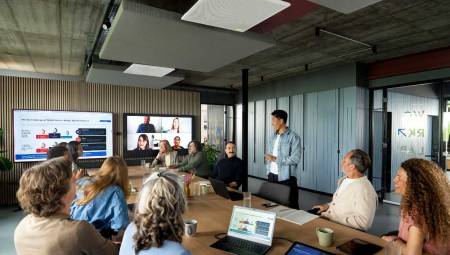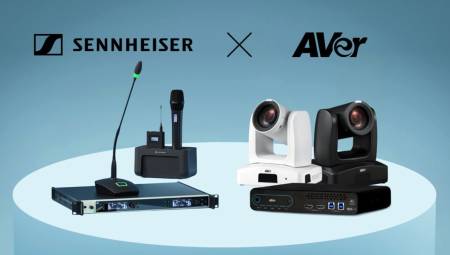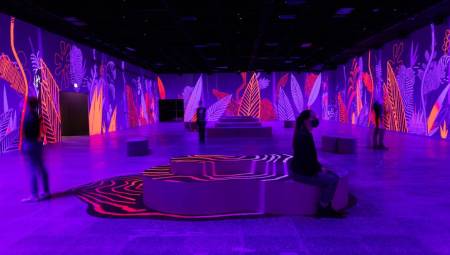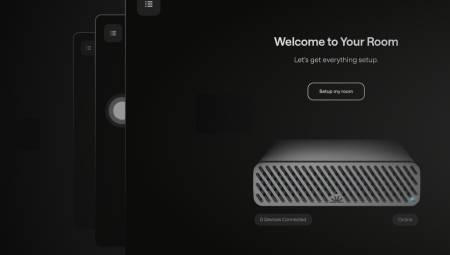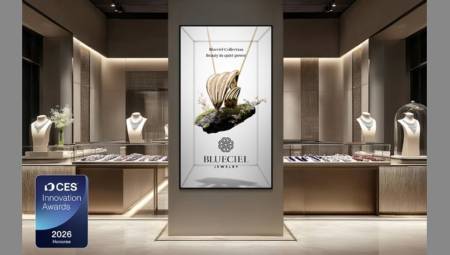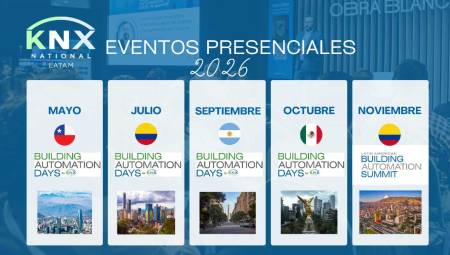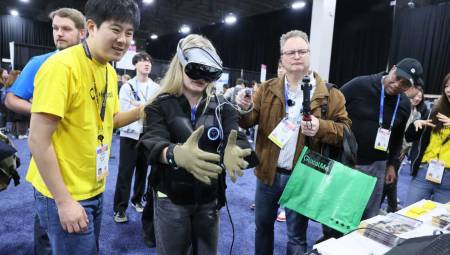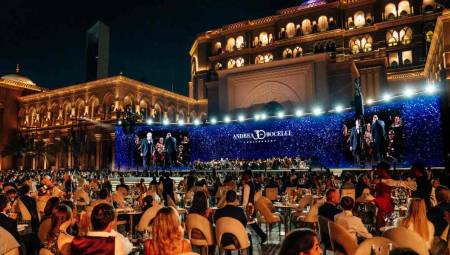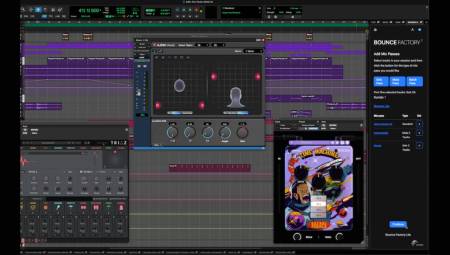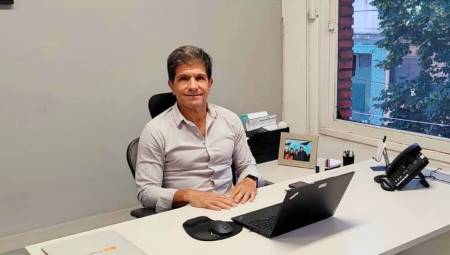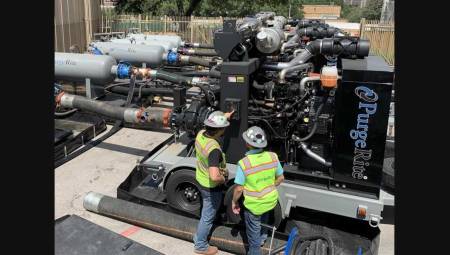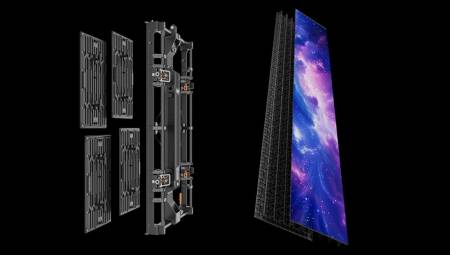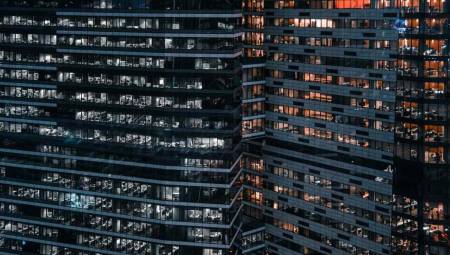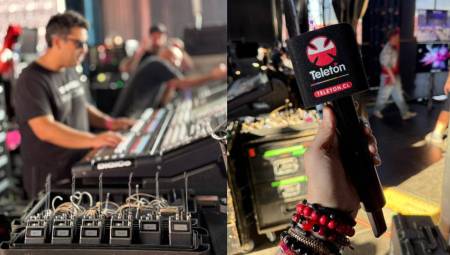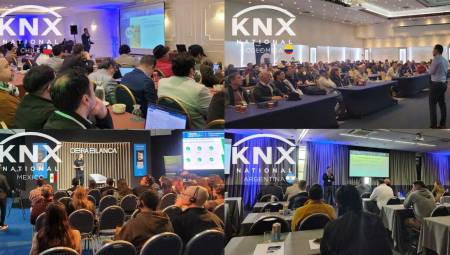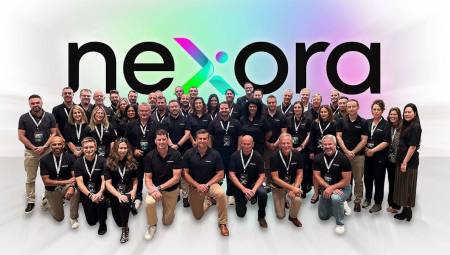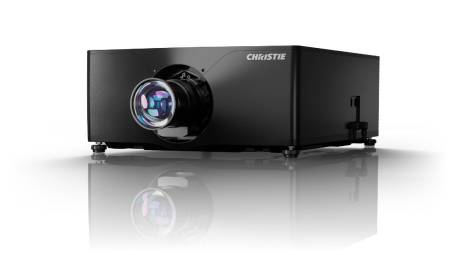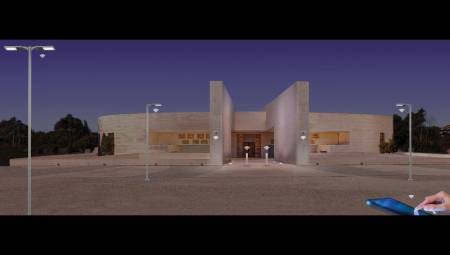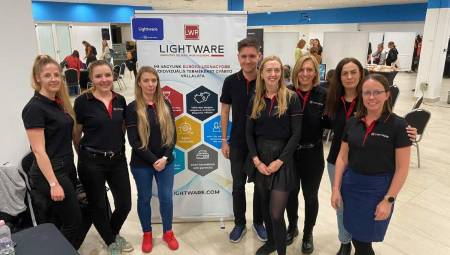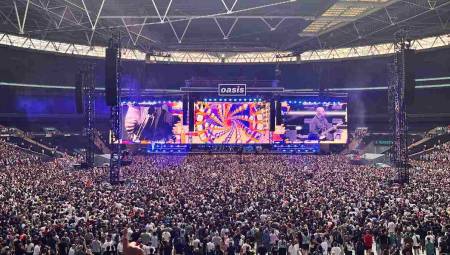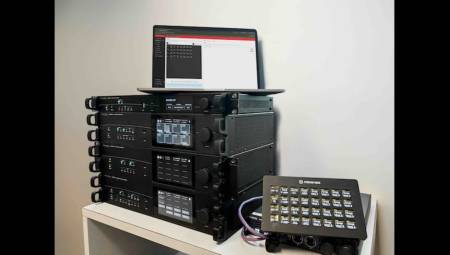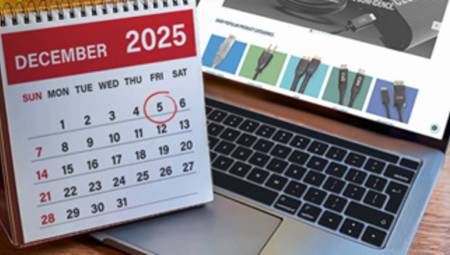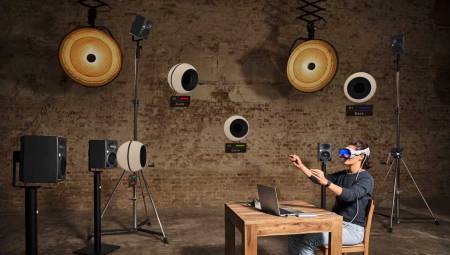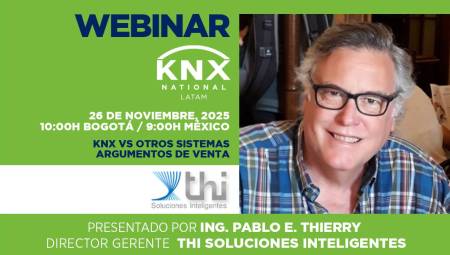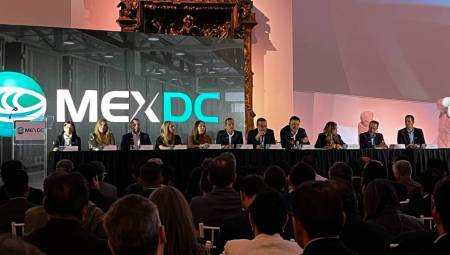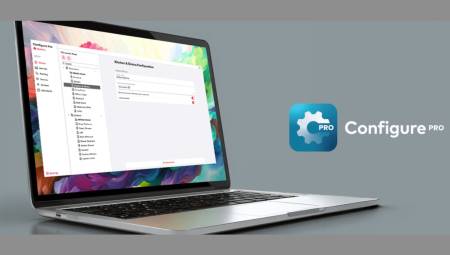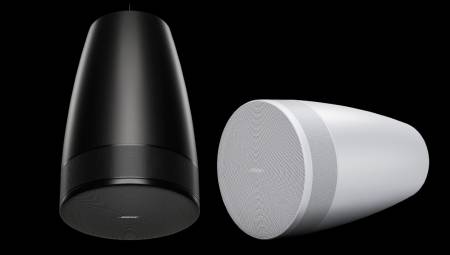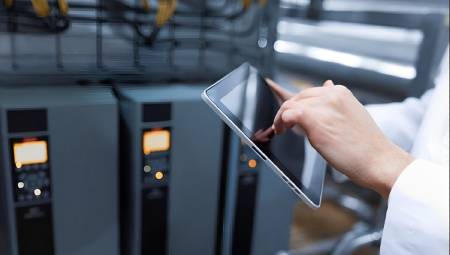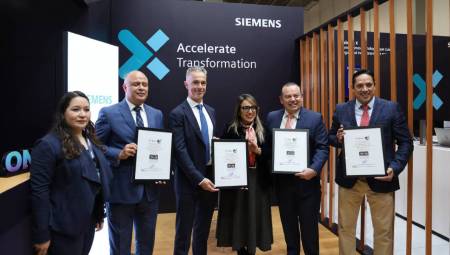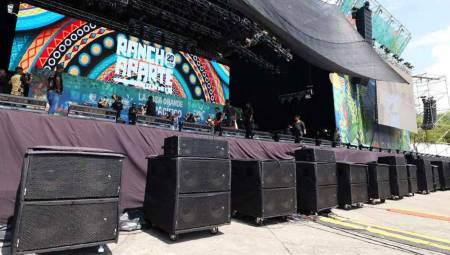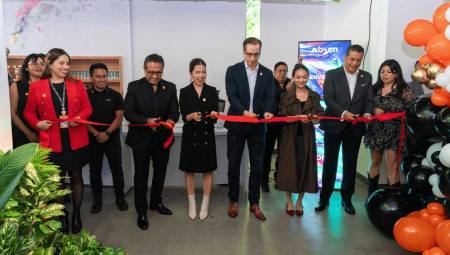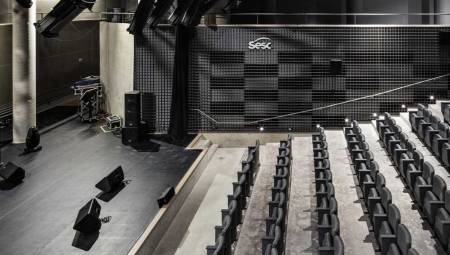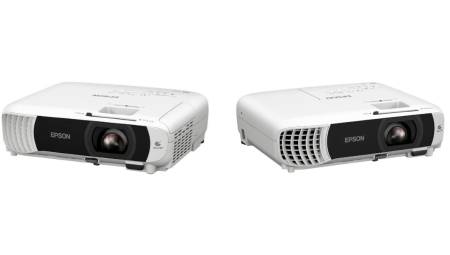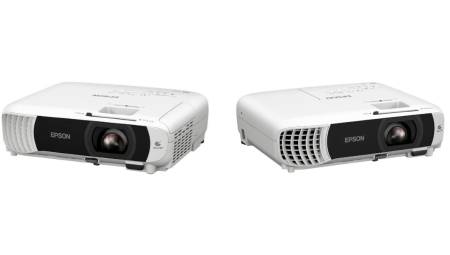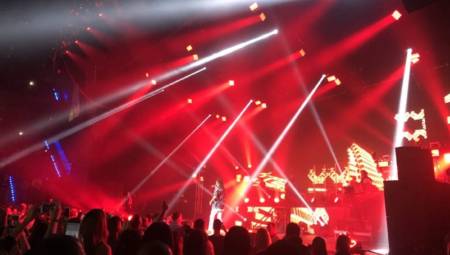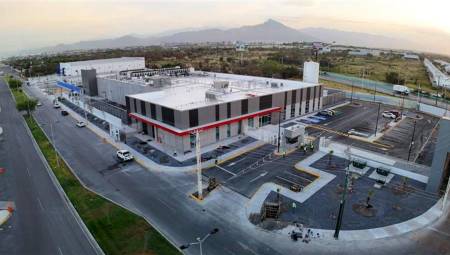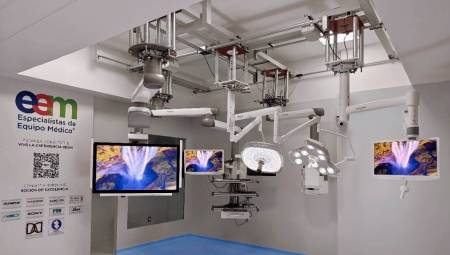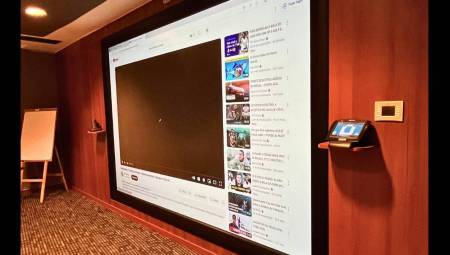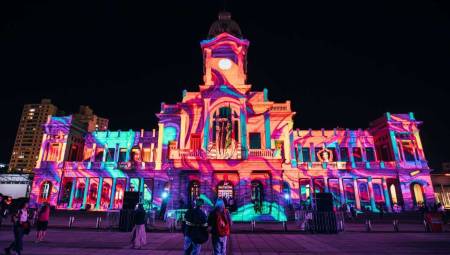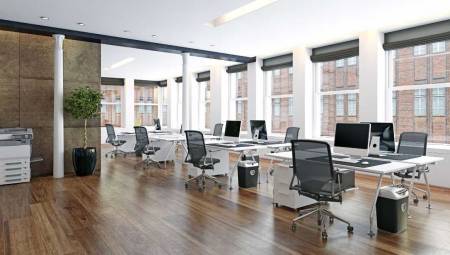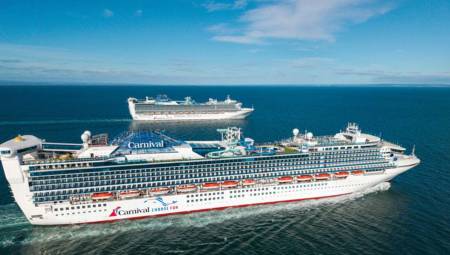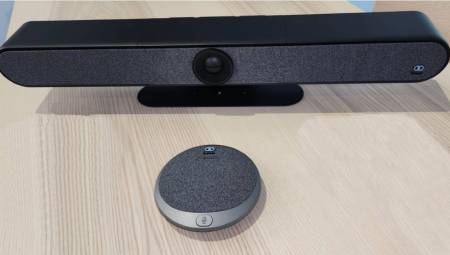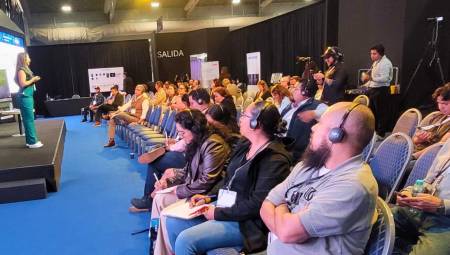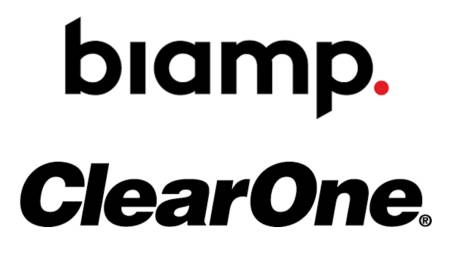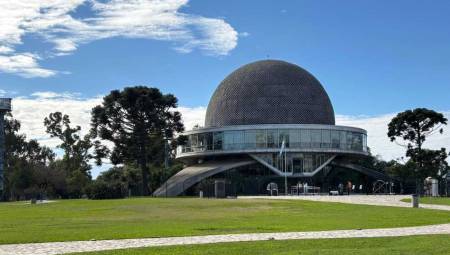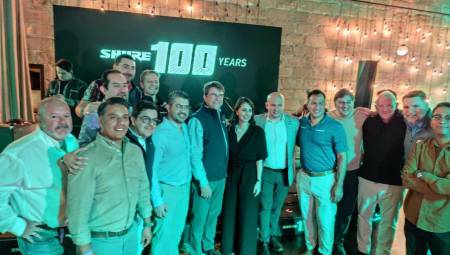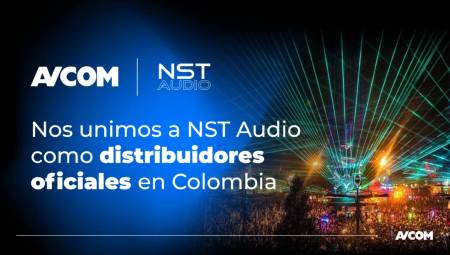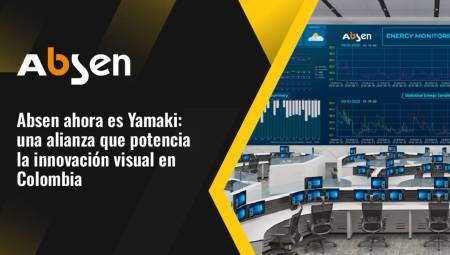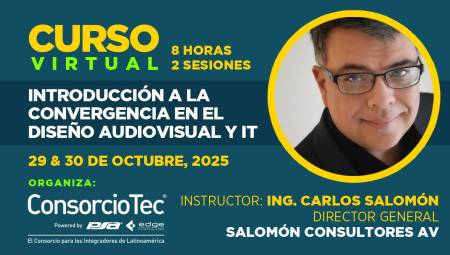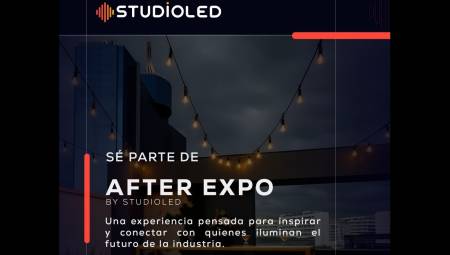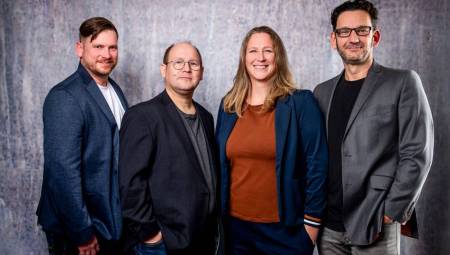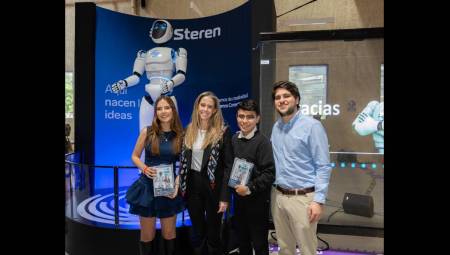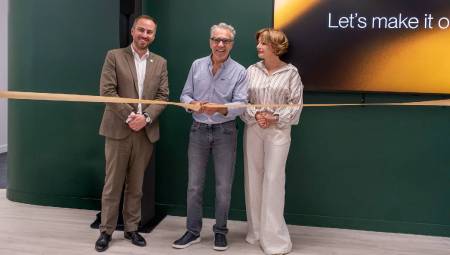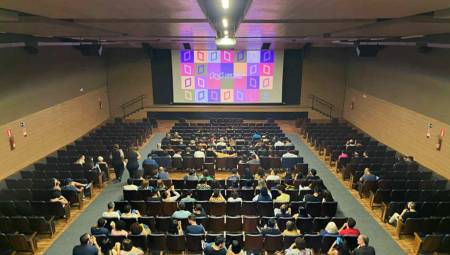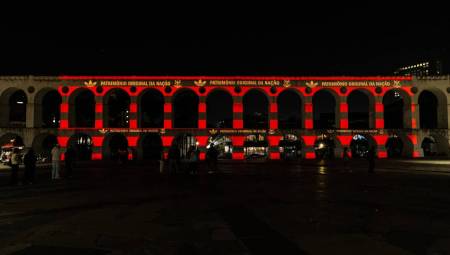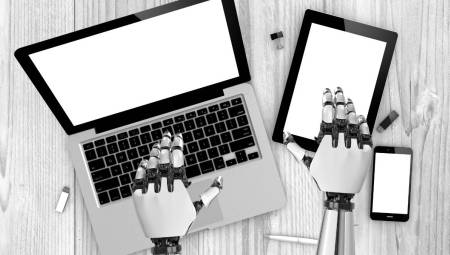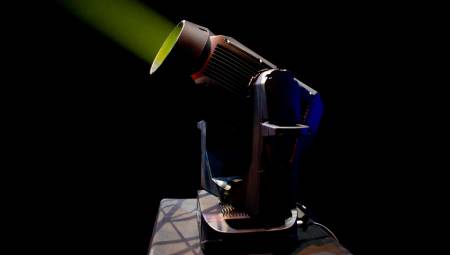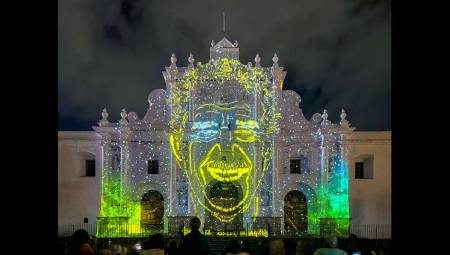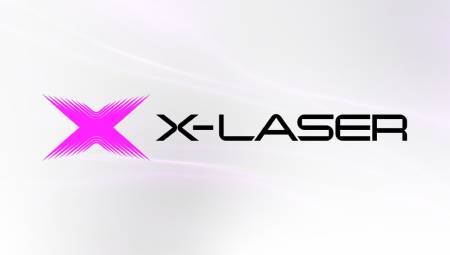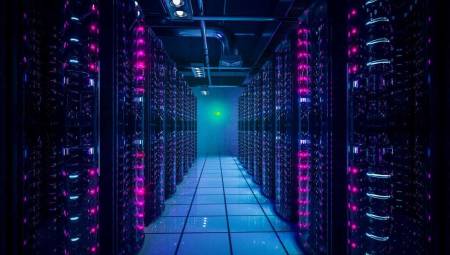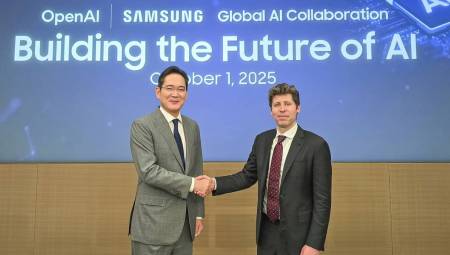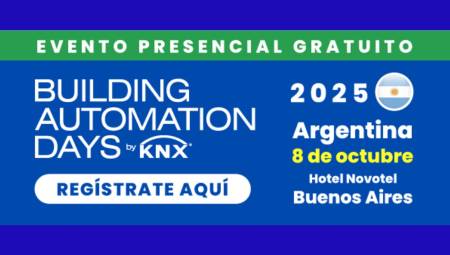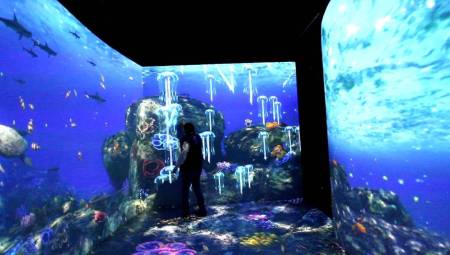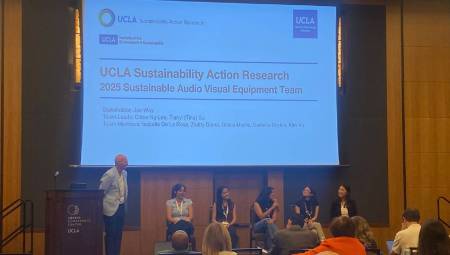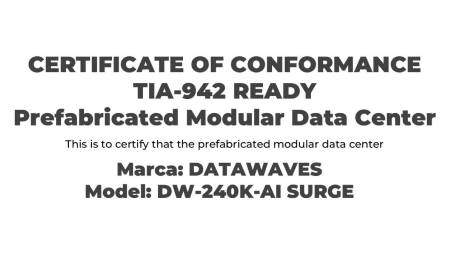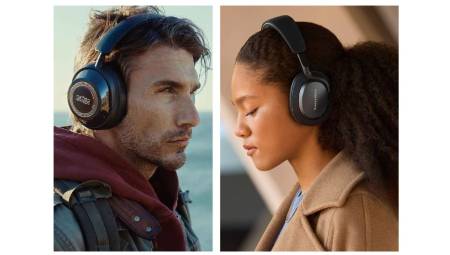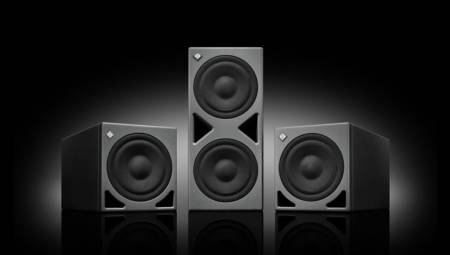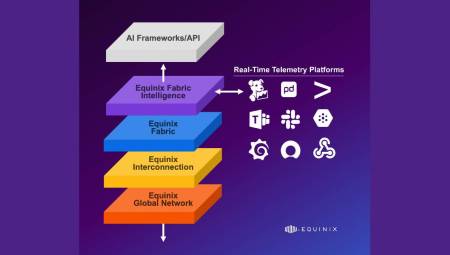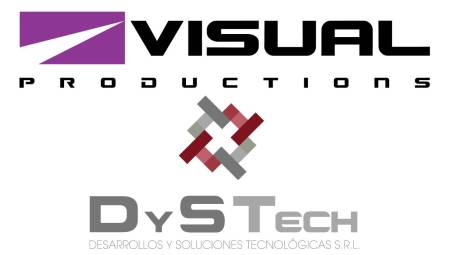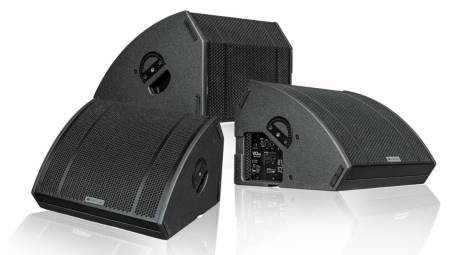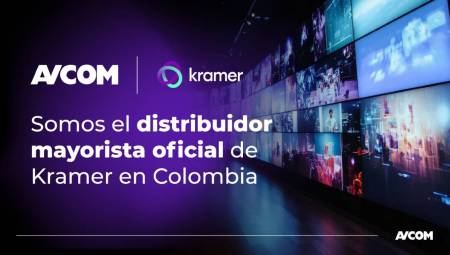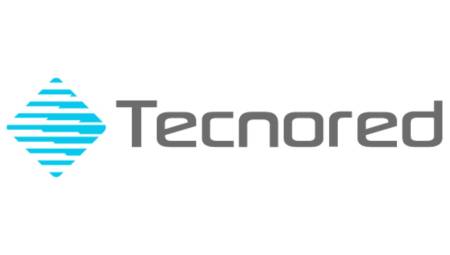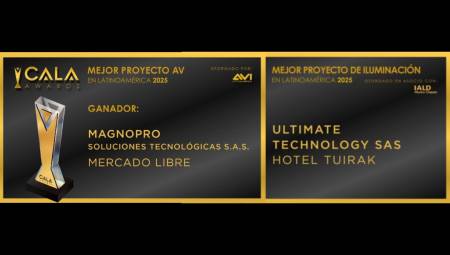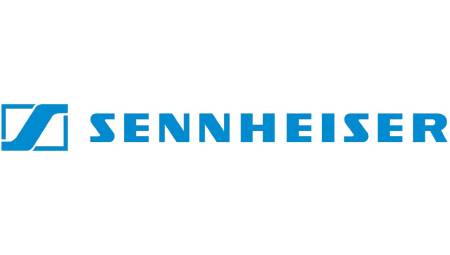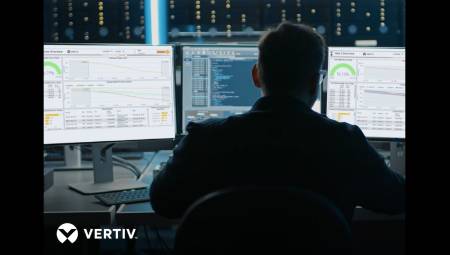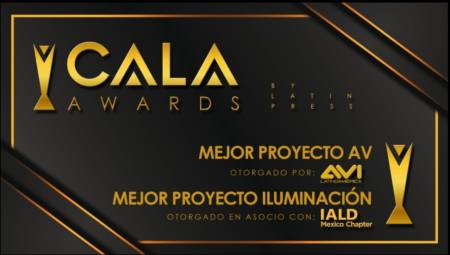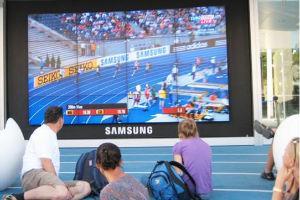 One of the critical hardware components for this application is the screen, using a conventional TV brings disadvantages that affect the final result.
One of the critical hardware components for this application is the screen, using a conventional TV brings disadvantages that affect the final result.
By Diego Hidalgo Patiño*
The Large Format Display (LFD), also known as an industrial monitor, is a solution that was created due to the growing demand for screens designed for high resolution applications and continuous work. Other solutions, such as home TVs, cannot meet the demands of a professional application.
What are the advantages of an LFD over a home TV? Let's take a look at the most important features:
1. Operating temperature: The LFDs are designed to work between 3°C and 6°C below the average operating temperature of a TV, this because the screen has additional coatings to prevent the increase in temperature in the LFD, this added to a ventilation system designed for continuous operation.
Result: 24 hours of daily work of an LFD against 8 hours a day of a TELEVISION (maximum recommendation) and long service life.
2. Screen protection systems: Televisions were designed to display dynamic images: television is full of movement, commercial, static images are not part of this type of signals.
On the contrary, for Digital Signage it is necessary the continuous display of static information: notices, tables, the company logo in bright colors, for example the flight information system at airports (FIDS).
These professional applications require screens that avoid the screenburn effect and the degradation in image quality caused by this phenomenon.
Professional monitors have "anti-burn" image systems to be able to work this type of images in 24-hour applications: floating pixel, screen protector, on/off schedules and brightness sensor are the most common tools found in professional monitors.
Result: Longer service life and a professional solution without unwanted effects on the image.
3. Horizontal or Vertical Mounting: The televisions were designed to be installed horizontally, it is not possible to install it vertically because its internal ventilation system is not intended to change the air flow.
LFDs have this feature and can be installed horizontally or vertically according to the manufacturer's instructions.
Result: Greater flexibility in the installation of solutions.
4. Remote management: From the simplest model to the most advanced, LFDs have remote administration options through serial or Ethernet networks using the software that comes included with the monitor, which allows simultaneous remote management of several units.
Even the LFDs allow to lock the front panel of buttons and the IR remote control in such a way that the administration can only be done via network. Few models of televisions have this possibility and usually their interfaces only allow the handling of one at a time.
Result: Centralized control makes it easy to manage LFDs.
5. Anti-glare display: TVs are normally used in areas with lighting levels between normal and low. LFDs are installed in more illuminated areas such as offices and commercial areas where the lighting level is higher and the former can present reflection on the screen.
The LFD have in their construction an anti-reflection film that prevents this phenomenon
Result: Image without distortions.
6. Design for VideoWall: TVs have a stylized design with curves that make them attractive for home use. However, on many occasions it is required to install several monitors in multiple arrangements to form the so-called video walls (Videowall), because its curved design does not allow it.
The LFD are designed for the Videowall thanks to its rectangular shape that allow a perfect coupling, additionally there are models with thin and ultra-thin frames (less than 3 mm) known as almost invisible (Seamless) that often replace other technologies such as projection systems.
Apart from its design, most LFD models have embedded in their hardware and software the processing function of Videowall in such a way that now they have more efficient and economical multi-monitor array solutions, avoiding in many cases the need for expensive videowall processors.
Result: VideoWall solution of various sizes with better cost than other solutions on the market.
7. Internal CPU Option: The LFD for Digital Signage have the option of having a CPU, depending on the LFD model this CPU can be external low profile (Set Back Box), internal blade type or built-in factory.
This option allows you to have the software and operating system required to run Digital Signage applications without having to resort to CPUs that occupy a larger size and make it difficult to install multiple monitors
Result: Flexibility in the implementation of Digital Signage solutions, space savings and extra costs.
8. Outdoor options: Televisions are designed for clean environments: Rooms and homes, on the contrary LFDs are designed to work in industrial environments where there is more dust because they are located near entrances or in public places of high traffic.
The design includes additional seals to prevent dust from entering. There are even models designed especially for showcases and outdoor applications because they have a brightness level that doubles or triples that of an indoor monitor.
Some manufacturers produce weatherproof covers for these types of displays.
Result: Presence in outdoor or very bright environments for a correct dissemination of the message.
9. TouchScreen options: Some LFD models feature the TouchScreen option which adds interactivity between the user and the message.
They can be used for advertising applications, customer service, public information and even vending machines, achieving a greater interest on customers than on conventional systems. They are available for both indoor and outdoor applications.
Result: Increased customer interest in receiving interactive information.
All the features mentioned are those that justify the use of LFDs on televisions for professional Digital Signage solutions. In our following articles we will go into detail about the different applications of professional monitors and the market trend in new technologies:
- Connectivity
- Professional LED Monitors
- Audience measurement systems
- Electronic whiteboards for educational applications.
* The Engineer is part of the commercial team of Automa S.A, distributor of the line of Large Format Professional Monitors of Samsung. www.automa.com.co




